
0
+
Google Reviews
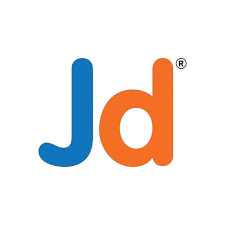
0
+
4.7 (2080 Ratings)
Data Science and Machine Learning with Python is a field of study and practice that combines data analysis, statistical modeling, and machine learning techniques using the Python programming language. Data Science and Machine Learning with Python involve the use of Python programming along with statistical analysis and machine learning techniques to extract insights, build predictive models, and solve complex data-related problems across various domains, including finance, healthcare, marketing, and more.


Curriculum Designed by Experts
Course content summary -Introduction to Data Science with Python
Python Essentials
NumPy, pandas, scikit-learn, stat models, nltk
Accessing/Importing And Exporting Data Using Python Modules
Data Manipulation – Cleansing – Munging using python modules
Data Analysis – Visualization Using Python
Introduction to Statistics
Introduction to Predictive Modelling
Data Exploration For Modelling
Data Preparation
Segmentation: Solving Segmentation Problems
Linear Regression: Solving Regression Problems
Logistic Regression : Solving Classification Problems
Time Series Forecasting : Solving Forecasting Problems
Machine Learning
Unsupervised Learning : Segmentation
Supervised Learning :- Decision Trees
Supervised Learning :- Ensemble Learning
Supervised Learning :- Artificial Neural Network – ANN
Supervised Learning :- Support Vector Machines
Supervised Learning :-KNN
Supervised Learning :- Naive Bayes
Text Mining And Analytics
You should be able to demonstrate these skills
This course does not require a prior quantitative or mathematics background. It starts by introducing basic concepts such as the mean, median mode etc. and eventually covers all aspects of an analytics (or) data science career from analysing and preparing raw data to visualizing your findings. If you’re a programmer or a fresh graduate looking to switch into an exciting new career track, or a data analyst looking to make the transition into the tech industry – this course will teach you the basic to Advance techniques used by real-world industry data scientists.
Course Contains
Introduction to Data Science with Python
Outline for this course
Introduction to Data Science with Python
Python Essentials
Accessing/Importing And Exporting Data Using Python Modules
Data Manipulation – Cleansing – Munging using python modules
Data Analysis – Visualization Using Python
Introduction to Statistics
Introduction to Predictive Modelling
Data Exploration For Modelling
Data Preparation
Segmentation: Solving Segmentation Problems
Linear Regression: Solving Regression Problems
Logistic Regression : Solving Classification Problems
Unsupervised Learning : Segmentation
Supervised Learning :- Decision Trees
Time Series Forecasting : Solving Forecasting Problems
Machine Learning : Predictive Modelling
Supervised Learning :- Ensemble Learning
Supervised Learning :- Artificial Neural Network – ANN
Supervised Learning :- Support Vector Machines
Supervised Learning :-KNN
Supervised Learning :- Naive Bayes
Text Mining And Analytics
Audience for this course
Data science and machine learning are among the fastest-growing fields in technology. Acquiring skills in these areas can significantly enhance your employability and open up diverse career opportunities in industries such as healthcare, finance, e-commerce, and more.
Data science equips you with the tools and techniques to extract valuable insights from large volumes of data. By applying machine learning algorithms, you can uncover patterns, trends, and correlations in data that can inform strategic decision-making and drive business growth.
Machine learning enables predictive modeling, allowing organizations to forecast future outcomes based on historical data. This capability is valuable for tasks such as sales forecasting, demand planning, risk management, and predictive maintenance.
Data science and machine learning have applications across various domains, including healthcare, finance, marketing, cybersecurity, manufacturing, and more. Acquiring proficiency in these areas provides you with transferable skills that are applicable across different industries and sectors.
Machine learning can automate repetitive tasks and streamline processes in various domains, leading to increased efficiency and productivity. By leveraging machine learning algorithms, you can automate data preprocessing, feature engineering, model training, and evaluation, thereby freeing up time for more complex tasks
Data science and machine learning enable advanced analytics capabilities, including sentiment analysis, natural language processing (NLP), image recognition, and anomaly detection. These techniques can provide valuable insights and solutions for tasks such as customer sentiment analysis, text classification, image classification, and fraud detection.
Organizations that leverage data science and machine learning effectively gain a competitive edge by leveraging data-driven insights to innovate, optimize processes, and deliver better products and services to customers. By mastering these skills, you can help organizations stay ahead of the competition and drive innovation.
Machine learning powers personalized experiences and recommendation systems in various applications, including e-commerce, streaming platforms, social media, and online advertising. By understanding machine learning techniques, you can design and implement effective recommendation algorithms to enhance user engagement and satisfaction.
Data scientists and machine learning engineers are in high demand and command competitive salaries. By learning data science with machine learning, you can position yourself for lucrative career opportunities and continuous career growth as these fields continue to evolve and expand.



At Radical Technologies, we are committed to your success beyond the classroom. Our 100% Job Assistance program ensures that you are not only equipped with industry-relevant skills but also guided through the job placement process. With personalized resume building, interview preparation, and access to our extensive network of hiring partners, we help you take the next step confidently into your IT career. Join us and let your journey to a successful future begin with the right support.
At Radical Technologies, we ensure you’re ready to shine in any interview. Our comprehensive Interview Preparation program includes mock interviews, expert feedback, and tailored coaching sessions to build your confidence. Learn how to effectively communicate your skills, handle technical questions, and make a lasting impression on potential employers. With our guidance, you’ll walk into your interviews prepared and poised for success.
At Radical Technologies, we believe that a strong professional profile is key to standing out in the competitive IT industry. Our Profile Building services are designed to highlight your unique skills and experiences, crafting a resume and LinkedIn profile that resonate with employers. From tailored advice on showcasing your strengths to tips on optimizing your online presence, we provide the tools you need to make a lasting impression. Let us help you build a profile that opens doors to your dream career.

Infrastructure Provisioning
Implementing automated infrastructure provisioning and configuration management using Ansible. This may include setting up servers, networking devices, and other infrastructure components using playbooks and roles.

Applications Deployment
Automating the deployment and orchestration of applications across development, testing, and production environments. This could involve deploying web servers, databases. middleware, and other application components using Ansible

Continuous Integration
Integrating Ansible into CI/CD pipelines to automate software. build, test, and deployment processes. This may include automating the creation of build artifacts, running tests, and deploying applications to various environments.

The Data Science Course in Bangalore at Radical Technologies is unparalleled. The instructors' in-depth knowledge and hands-on training make it the best Data Science course in the city. The Python for Data Science training was especially useful.
Radical Technologies offers the best Data Scientist Course in Bangalore. Their Data Science and Machine Learning training gave me the skills to advance in my career. The curriculum is well-designed and comprehensive.
The Machine Learning Course at Radical Technologies is top-notch. I found their approach to Machine Learning with Python training in Bangalore to be highly effective, making it the best Machine Learning certification course available.
I enrolled in the Data Science Classes in Bangalore at Radical Technologies, and I must say, it's the best Data Science training in Bangalore. The instructors are highly skilled and supportive throughout the learning process.
The Machine Learning Training in Bangalore provided by Radical Technologies exceeded my expectations. Their Machine Learning with Python approach is the best I’ve experienced, making complex concepts easy to understand.
Radical Technologies has the best online Data Science courses in Bangalore. The flexibility of the Machine Learning online course with certificate allowed me to learn at my own pace while still gaining valuable skills.
The Data Science and Machine Learning Course at Radical Technologies in Bangalore is truly exceptional. The Machine Learning course syllabus was comprehensive, covering everything I needed to become proficient in this field.
I highly recommend the Data Science Course in Bangalore at Radical Technologies. The Python for Data Science training was particularly beneficial, and the instructors were always available to assist with any questions.
The Best Machine Learning Course I’ve taken is at Radical Technologies in Bangalore. The instructors made learning Machine Learning with Python both engaging and insightful, helping me to excel in this field.
I enrolled in the Data Scientist Course in Bangalore at Radical Technologies, and it has been a game-changer for my career. The best Data Science classes they offer are comprehensive and practical, preparing me well for the industry.
Radical Technologies offers the best Data Science courses in Bangalore. The hands-on Machine Learning classes were particularly beneficial, allowing me to apply what I learned immediately in real-world scenarios.
The Data Science and Machine Learning Certification from Radical Technologies in Bangalore is highly valued in the industry. The Machine Learning full course covered all necessary topics, making it the best online machine learning course I’ve taken.
I’ve attended various Machine Learning classes in Bangalore, but Radical Technologies stands out with their Machine Learning with Python training in Bangalore. The practical approach they use is what makes it the best Machine Learning certification available.
The Data Science Course Fees in Bangalore at Radical Technologies are reasonable given the quality of training they provide. The Data Science and Machine Learning course in Bangalore equipped me with the skills I needed to succeed.
Radical Technologies offers the best Data Science courses in Bangalore. The instructors are knowledgeable, and the Python Machine Learning course was particularly enlightening, making it the best choice for anyone interested in this field.
The Machine Learning Training in Bangalore at Radical Technologies is outstanding. The Machine Learning certification course they offer is the best I’ve seen, with a curriculum that is both comprehensive and up-to-date.
I highly recommend the Data Science with Python course in Bangalore at Radical Technologies. The combination of Data Science and Machine Learning training gave me the confidence to tackle real-world problems in my job.
The Machine Learning Course Syllabus at Radical Technologies in Bangalore is very detailed. The best Data Scientist course I’ve taken by far, providing all the tools and knowledge needed to excel in this field.
Radical Technologies offers the best online machine learning courses I’ve found. The Machine Learning online course with certificate was flexible and comprehensive, fitting perfectly into my busy schedule.
The Data Science with Python training in Bangalore at Radical Technologies is fantastic. The Data Science and Machine Learning certification I earned has already opened many doors in my career.
I enrolled in the Machine Learning course in Bangalore at Radical Technologies, and it was the best decision I’ve made for my career. The Machine Learning with Python training provided practical knowledge that I could immediately apply.
The best Data Science classes in Bangalore are at Radical Technologies. The instructors are experienced, and the Machine Learning training in Bangalore they offer is second to none.
Radical Technologies offers the best Data Science courses in Bangalore. The Machine Learning certification I received from them is highly respected, and the training was excellent.
I found the Python Machine Learning course at Radical Technologies in Bangalore to be highly valuable. The Data Science with Python course in Bangalore was comprehensive, covering all necessary aspects of the field.
The Data Science Course in Bangalore at Radical Technologies is the best investment I’ve made in my career. The Machine Learning classes were thorough, and the Machine Learning training in Bangalore provided me with the skills I needed to succeed.








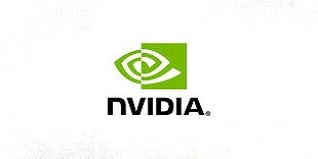
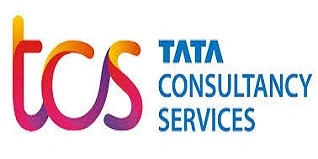
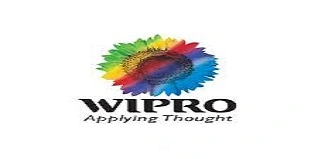
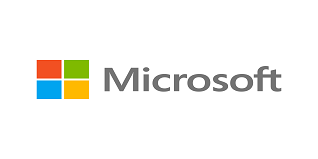
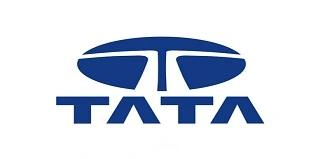
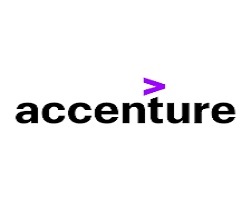
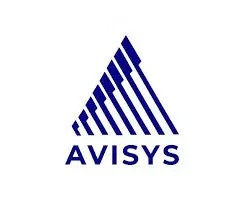
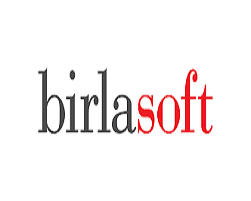

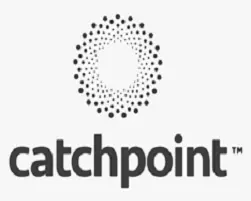
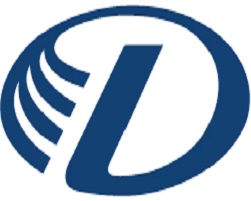
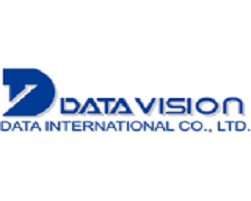


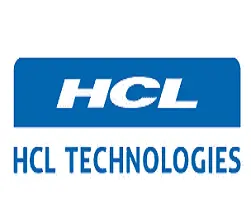
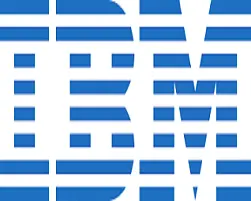

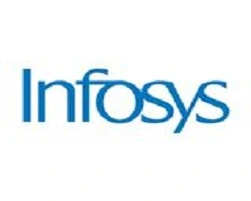
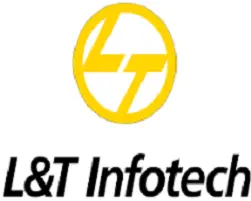
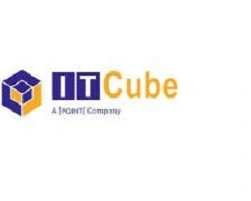
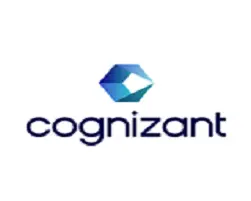

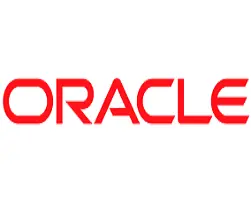

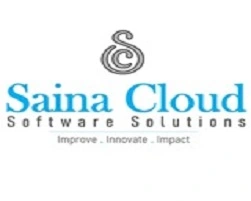

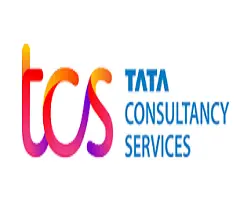
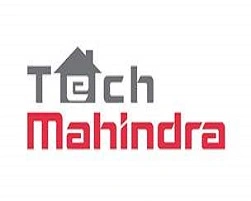

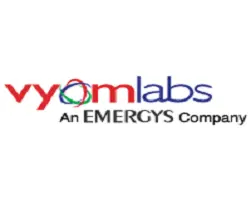
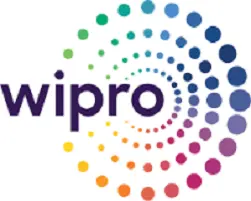
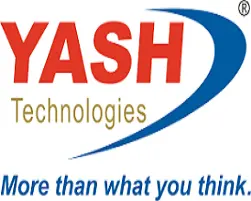
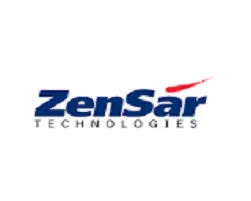
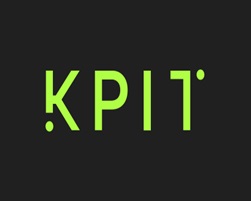
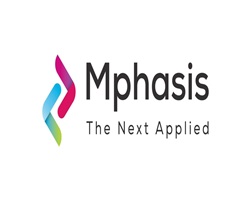
At Radical Technologies, we offer a comprehensive Data Science Course in Bangalore that covers everything from basic to advanced concepts. Our expert instructors, practical hands-on training, and industry-aligned curriculum make us the top choice for anyone looking to excel in data science.
Our Machine Learning Course includes a thorough curriculum covering all essential aspects of machine learning. You’ll gain expertise in Machine Learning with Python, learn through real-world projects, and receive a certification upon completion. We also offer both in-person and online classes to suit your schedule.
Yes, our Data Science Classes in Bangalore are designed for both beginners and professionals. We provide foundational training, gradually progressing to more advanced topics, ensuring that everyone, regardless of experience level, can benefit from our courses.
Upon successful completion of the Machine Learning Course at Radical Technologies, you will receive a Machine Learning certification. This credential is highly regarded in the industry and can significantly enhance your career prospects.
Our Machine Learning Online Courses are designed for flexibility, allowing you to learn at your own pace. They include interactive sessions, recorded lectures, and practical projects, all culminating in a certificate upon completion.
The Data Science course fees in Bangalore at Radical Technologies are competitively priced, offering great value for the comprehensive training and certification you receive. For detailed fee information, we encourage you to contact us directly.
Yes, we offer a Python Machine Learning Course that focuses on the application of Python in machine learning. This course is part of our broader Machine Learning Training in Bangalore and is perfect for those looking to specialize in Python-based machine learning.
Choosing between in-person and online Machine Learning classes depends on your learning style and schedule. In-person classes offer direct interaction with instructors, while online courses provide flexibility. Both formats are comprehensive and lead to certification.
The Machine Learning course syllabus at Radical Technologies covers all key areas, including algorithms, data processing, model training, and deployment. The curriculum is regularly updated to include the latest industry trends and practices.
Our Data Science training in Bangalore is designed in collaboration with industry experts to ensure that it meets current market demands. We focus on practical skills, real-world applications, and up-to-date technologies, preparing you for success in the field.
Students enrolled in the Data Science and Machine Learning course at Radical Technologies receive continuous support, including access to instructors, additional resources, and career guidance. We are committed to helping you succeed.
Our Data Science with Python training in Bangalore is distinguished by its focus on real-world applications, hands-on projects, and expert instruction. This course is designed to provide you with practical skills that are directly applicable in the workplace.
Yes, Radical Technologies allows flexibility in switching between in-person and online formats for the Data Science course in Bangalore. We understand that circumstances can change, and we strive to accommodate our students’ needs.
Completing the Data Scientist Course in Bangalore at Radical Technologies opens up numerous career opportunities in various industries. Our graduates are well-equipped to take on roles such as Data Scientist, Machine Learning Engineer, and more, with many going on to work for top companies.
Yes, Radical Technologies offers job placement support for students who complete our Data Science and Machine Learning certification programs. We have a network of industry partners and provide career counseling to help you secure a position in the field.
Basavanagudi | HSR Layout | Sadashivanagar | Jayanagar | Koramangala | Whitefield | Banashankari | Marathahalli | BTM Layout | Electronic City | Rajajinagar | Domlur | Indiranagar | Malleshwaram | Yelahanka | Cooke Town | Nagarbhavi | Bannerghatta Road | Chandapura | Dasarahalli | Devanahalli | Anandnagar | Avenue Road | Byatarayanapura
I had an amazing experience with this service. The team was incredibly supportive and attentive to my needs. The quality of the work exceeded my expectations. I would highly recommend this to anyone looking for reliable and professional service."
I had an amazing experience with this service. The team was incredibly supportive and attentive to my needs. The quality of the work exceeded my expectations. I would highly recommend this to anyone looking for reliable and professional service."
I had an amazing experience with this service. The team was incredibly supportive and attentive to my needs. The quality of the work exceeded my expectations. I would highly recommend this to anyone looking for reliable and professional service."
I had an amazing experience with this service. The team was incredibly supportive and attentive to my needs. The quality of the work exceeded my expectations. I would highly recommend this to anyone looking for reliable and professional service."
I had an amazing experience with this service. The team was incredibly supportive and attentive to my needs. The quality of the work exceeded my expectations. I would highly recommend this to anyone looking for reliable and professional service."
Data Science and Machine Learning have become crucial components in the tech industry, driving innovation and transforming how businesses operate. A certification in Data Science & Machine Learning with Python not only validates your expertise in these fields but also equips you with the skills needed to tackle real-world problems using Python—a powerful and versatile programming language known for its simplicity and vast library support.
This certification program is meticulously designed to cater to both beginners and professionals seeking to deepen their understanding of Data Science and Machine Learning. The course covers a wide array of topics, ensuring a holistic learning experience:
This certification is ideal for:
To earn the Data Science & Machine Learning with Python Certification, participants must:
Data Science and Machine Learning have become integral to various industries, driving innovation and efficiency. Their applications are diverse, ranging from enhancing business processes to developing cutting-edge technologies that shape our daily lives. Here’s a detailed look at some of the most impactful applications:
1. Healthcare
2. Finance
3. Retail
4. Manufacturing
5. Transportation
6. Marketing
7. Energy
8. Entertainment
9. Education
10. Natural Language Processing (NLP)
Radical Technologies stands as the leading institute in Bangalore, specializing in cutting-edge Data Science and Machine Learning training. We offer a wide range of courses designed to equip students with the skills needed to excel in the fast-evolving fields of data science and machine learning.
Our Data Science Course in Bangalore is renowned for its comprehensive curriculum, covering everything from foundational concepts to advanced techniques. Whether you’re looking for the best Data Science courses in Bangalore or seeking the most thorough Data Scientist course in Bangalore, our offerings are tailored to meet your needs. Our Data Science classes in Bangalore are designed to provide practical, hands-on experience, ensuring that you are industry-ready upon completion.
In addition to data science, we provide top-tier Machine Learning training in Bangalore. Our Machine Learning course is recognized as the best Machine Learning course in the city, offering in-depth knowledge of Machine Learning with Python. Students can choose from various options, including Machine Learning classes in Bangalore or our flexible Machine Learning online course, which comes with a certificate. The Machine Learning certification course we offer is highly valued by employers and serves as a strong credential for career advancement.
We understand the importance of affordability, which is why our Data Science course fees in Bangalore are competitively priced, making us a top choice for professionals seeking the best online Data Science courses or best online Machine Learning courses. Our curriculum includes a well-structured Machine Learning course syllabus, covering essential topics and advanced concepts to ensure comprehensive learning.
At Radical Technologies, our focus on Python for Data Science training and Python Machine Learning courses sets us apart. Our Data Science with Python course in Bangalore is designed for both beginners and seasoned professionals, offering a deep dive into Python’s applications in data science and machine learning. The Data Science and Machine Learning course in Bangalore we provide is known for producing industry-ready professionals who excel in real-world applications.
Join us at Radical Technologies, where we are committed to providing the best Data Science and Machine Learning certification programs in Bangalore. Whether you’re looking to enhance your skills with a Machine Learning full course or seeking the best Data Science and Machine Learning certification available, our expert instructors and comprehensive courses will help you achieve your goals.


(Our Team will call you to discuss the Fees)

(Our Team will call you to discuss the Fees)
